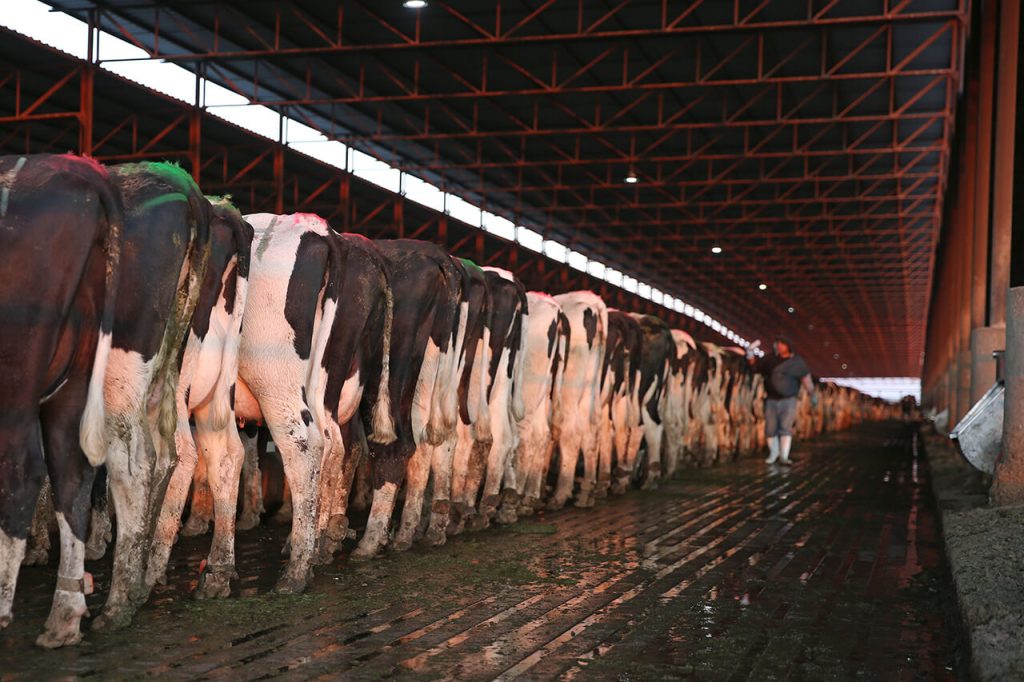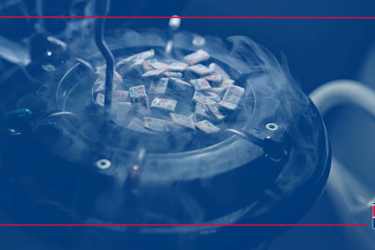Written by Mandy Schmidt for Progressive Dairy
Timed A.I. can enhance pregnancy rates and efficiency, but protocols are not bulletproof. If results seem subpar, take a whole dairy investigative approach. Reproduction drives everything on a dairy. And nearly everything affects reproduction.
[READ: Troubleshoot Technician Performance]
1. Timing
Respect biology. Follow your voluntary wait period (VWP). After calving, a cow’s reproductive system is naturally not cycling. It needs time to go through uterine involution and return to normal ovulatory capacity, approximately 40-60 days post-calving.
Calving difficulty and transition health will influence the timing to reach fertility. Every herd has an individual ideal VWP, but increasing the VWP to at least 60 days, or 70-80 days in high production herds, usually means a more fertile uterine environment.
Your VWP should be based on transition quality, pregnancy rate, days to peak milk, avoiding high negative energy balance, lactation curves and goal dry-off milk production. Most herd management software has the capability to calculate conception rate by days in milk. This data can help pinpoint the highest first service conception rate time frame.
2. Transition
A poor transition creates a ripple effect of mayhem for an entire lactation. Difficult calvings, half-finished metritis treatments or maternity pen mishaps such as pulling calves too early, can cause exponentially delayed reproduction.
Be proactive to avoid the fresh-cow metabolic disease portfolio. Do not create extra stress with overcrowded transition pens. Consider monitoring with temperature checks and blood sampling to detect subclinical levels of ketosis. Walk fresh cows often to observe indicator behavior.
Catching health incidents quickly will set cows up to be bred back quickly. It is impossible to have elite pregnancy rates with unhealthy cows.
3. Diet
Avoid situations that cause anovulatory cows, such as low body condition scores (BCS).
High milk yield usually equals weight loss and body fat mobilization. A negative energy balance occurs when more energy is leaving the body in milk energy or undigested diet energy than is entering the body. Work with a nutritionist to reduce the duration of negative energy balance and support normal cycling.
Start your nutrition strategy long before calving. Overly fat dry cows and heifers will have more weight to lose after calving. Therefore, they will have a more drastic state of negative energy balance after calving than individuals who are an ideal weight pre-calving. Rapid, high levels of weight loss result in abnormal cycles and lower conception rates.
If your timed A.I. program seems to be low in first lactation cows specifically, measure BCS for heifers from puberty onward. BCS can be a significant indicator for young cows who are still growing in stature.
[READ: Up-Level Your Repro Team]
4. Heat stress
Synchronization programs can help in warm weather months when cows are not showing estrus behavior due to reduced levels of estrogen. However, timed A.I. will not fix the problem of low oocyte quality and heat stress-related embryonic death several days after conception.
Dairies with the most successful reproduction typically have the best heat-abatement strategies. Cows with less heat stress produce healthier follicles and better maintain pregnancies, reducing days open.
Don’t neglect dry-cow cooling systems. The more comfortable the dry period, the more successful calvings will be. Improved transition periods equal increased overall conception rates and ultimately enhanced productivity throughout the lactation.
5. Facilities
Shot compliance is the easiest place to point fingers when timed A.I. is not yielding expected results. And, rightfully so. Inattentive employees delivering inaccurate treatments is costly in many ways. However, especially if the same people are giving the shots every week, there are other areas of compliance to consider.
If cows are constantly not locking up due to faulty headlocks or overcrowding in breeding pens, you probably have compliance problems in every cow-side management protocol.
6. Mass chaos
Large breeding groups create more stress on technicians. This can lead to incorrect semen handling. Individual straws, sensitivity to light, temperature and thawing protocol can end up being victims on chaotic breeding days.
No more than five ¼ cc straws or three ½ cc straws should be in one thaw unit at once. Too many units in a thaw unit at one time will cause improper thawing. If a technician is working alone, the speed of breeding should determine the number of straws being thawed at a time. If needed, utilize two or more thaw units.
A single technician can become tired with a high volume of cows, affecting work quality. For example, correct semen placement can suffer when moving too fast and not paying attention. When technicians are under pressure to move quickly, it might be tempting to carry too many loaded guns at once.
An improperly trained employee is a liability. Sabotaged results could be from something as basic as mixing up products and syringes or incorrect injection sites.
Sometimes the most obvious solution is the hardest to spot. Is your technician professionally trained?
Mandy Schmidt. North American Dairy Genetic Services Specialist – ABS Global.
Originally published on Progressive Dairy






